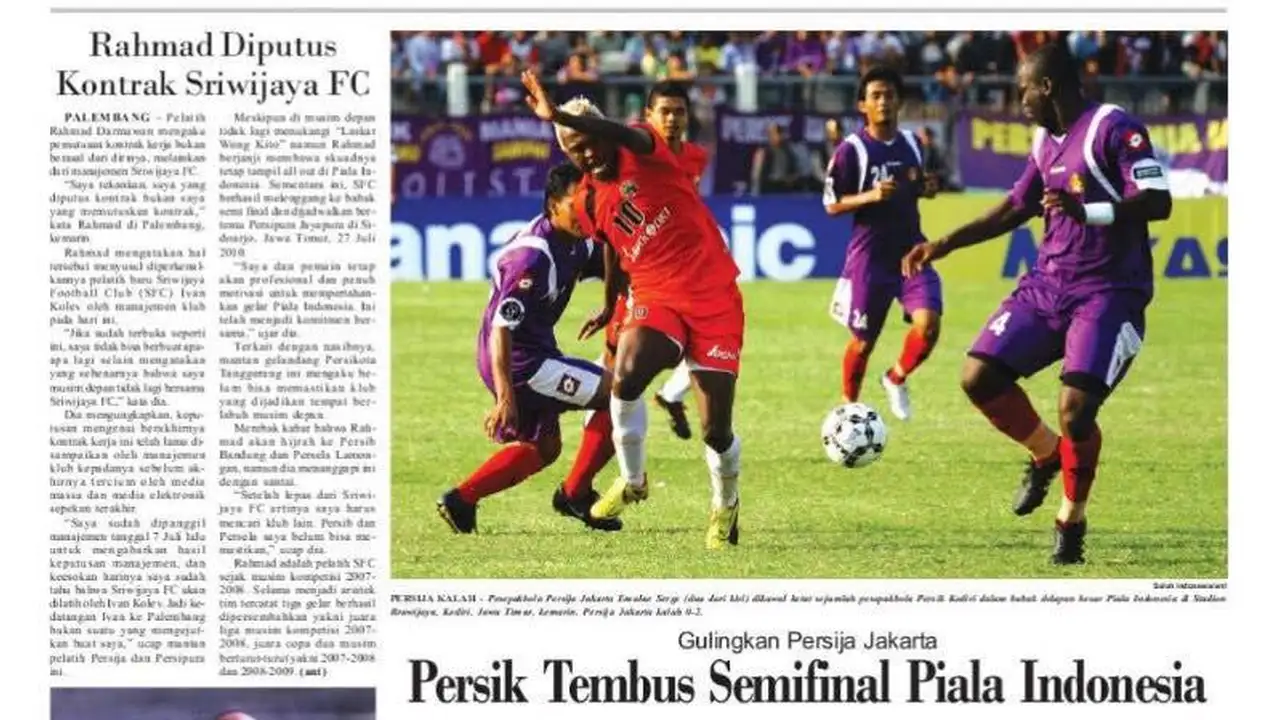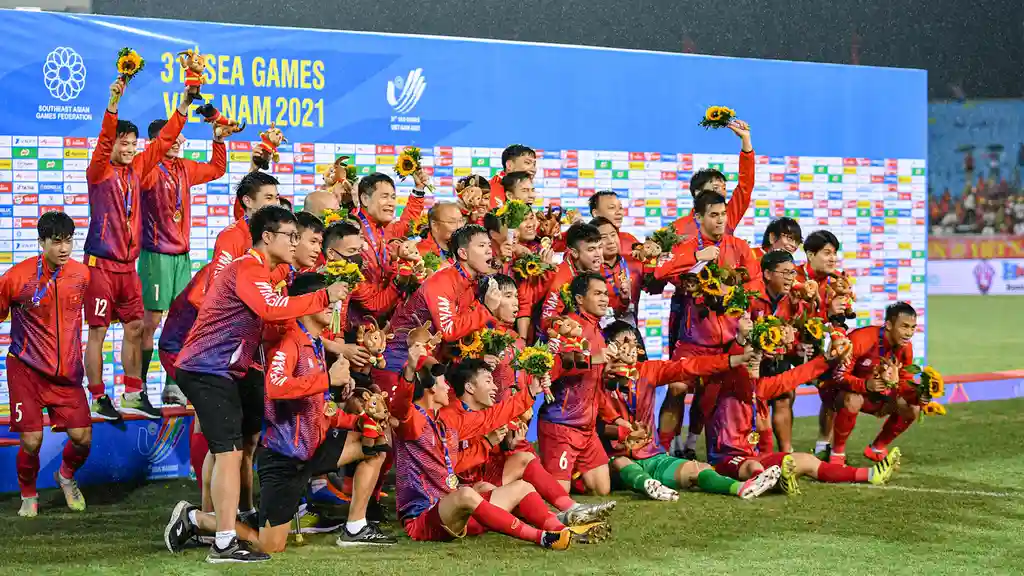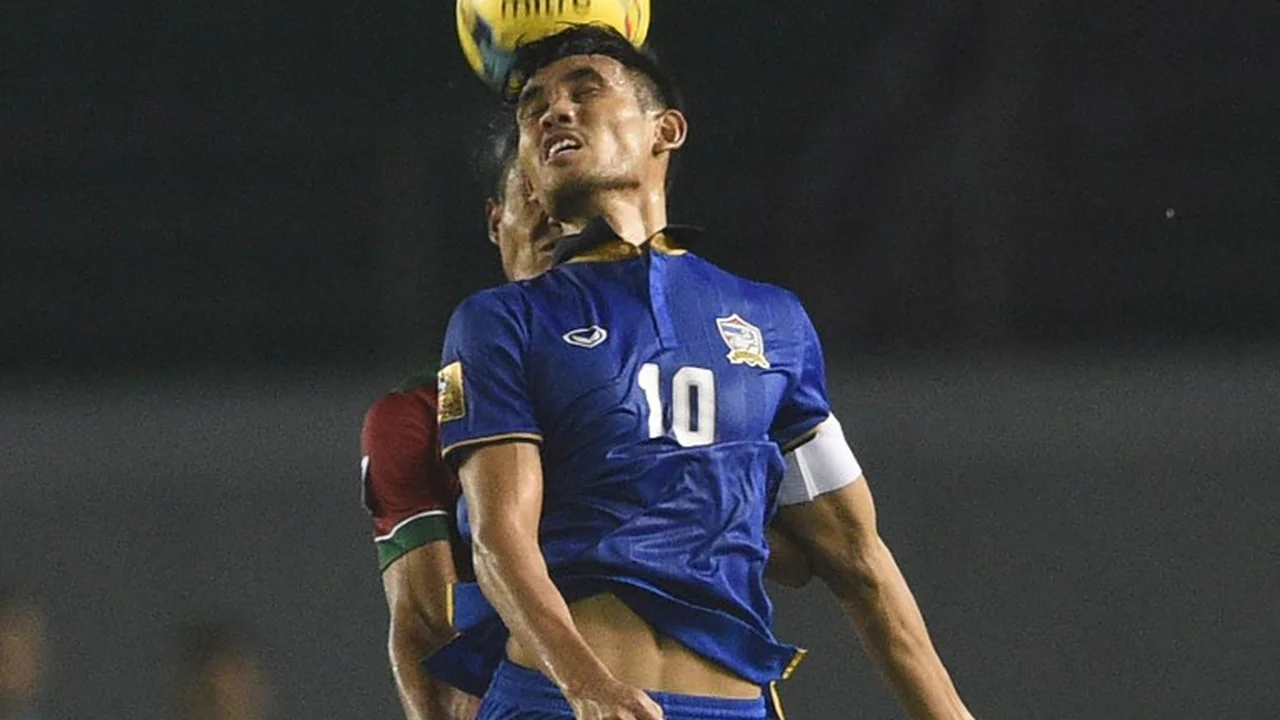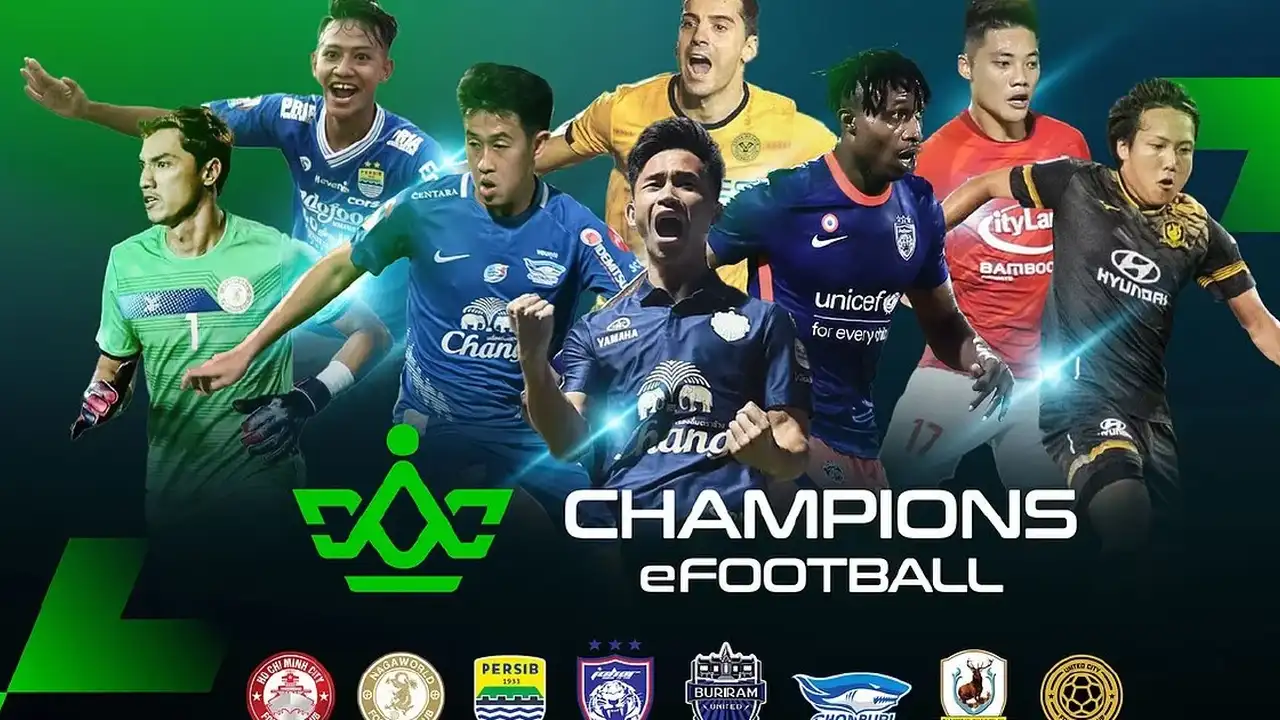7 Southeast Asian Soccer Superstitions
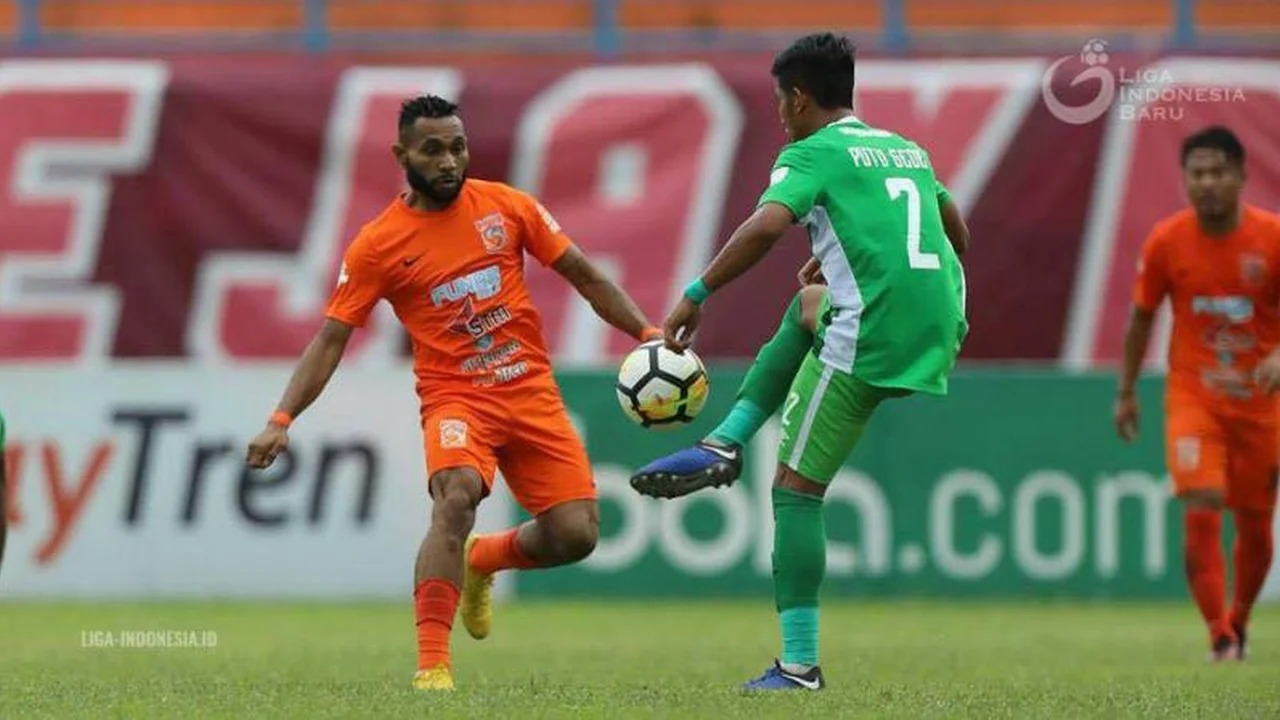
Southeast Asian Soccer Superstitions Introduction: Unveiling the Mystical Side of the Game
Southeast Asia, a region known for its vibrant culture and passionate love for soccer, also harbors a fascinating world of superstitions. These beliefs, deeply ingrained in the local psyche, often influence players, coaches, and fans alike. From lucky charms to ritualistic practices, these superstitions are believed to bring good fortune and success on the field. Let's dive into seven of the most intriguing Southeast Asian soccer superstitions.
Number 1: The Power of Color: Lucky Jersey Colors and Their Influence on Southeast Asian Soccer
Color plays a significant role in Southeast Asian culture, and soccer is no exception. Certain colors are considered lucky and are often associated with specific teams or players. For example, red might symbolize power and passion, while yellow could represent prosperity and good fortune. Teams might choose their jersey colors based on astrological signs or numerological beliefs. Players might also wear specific colored undergarments or accessories for good luck. The perception of color can significantly affect player morale and fan enthusiasm. Imagine a team always winning when wearing a particular shade of blue; that color instantly becomes a symbol of victory. Think about how the Malaysian national team's yellow and black stripes are almost synonymous with success – it's not just about the design, but the perceived luck it brings.
Number 2: Sacred Objects and Amulets: Protecting Southeast Asian Soccer Players On and Off the Field
Many Southeast Asian soccer players carry sacred objects or amulets for protection and good luck. These objects can range from small Buddha statues to intricately woven bracelets blessed by monks. Some players believe that these objects possess supernatural powers that can ward off injuries and enhance their performance. These amulets are often passed down through generations or acquired from respected spiritual leaders. The belief is that these objects create a shield of positive energy around the player, protecting them from harm and attracting success. Consider the story of a Thai striker who always wore a small Buddha amulet under his jersey – he swore it helped him score crucial goals in important matches.
Number 3: The Pre-Game Rituals: Unveiling Southeast Asian Soccer Team Preparations
Pre-game rituals are common in all sports, but Southeast Asian soccer teams often take them to a whole new level. These rituals can involve chanting, praying, or performing specific ceremonies before a match. Some teams might even consult with shamans or fortune tellers to determine the most auspicious time to start the game or make strategic decisions. These rituals are believed to invoke the blessings of deities or spirits, ensuring a favorable outcome. Think of it as a collective effort to align the team's energy with the universe for maximum performance. A common ritual involves players circling the field clockwise while chanting a mantra, believing it creates a protective barrier around the team.
Number 4: The Role of Spirits: Appeasing Deities and Ghosts in Southeast Asian Soccer
The belief in spirits is deeply ingrained in Southeast Asian culture, and soccer fields are not exempt from their influence. Many teams believe that the field is inhabited by spirits that need to be appeased before a game. This can involve making offerings of food, flowers, or incense to the spirits in exchange for their blessings. Some teams might even build small shrines on the sidelines to honor the spirits and ensure their goodwill. These practices are rooted in the belief that neglecting the spirits can lead to bad luck, injuries, or even defeat. Imagine a team leaving out a plate of sticky rice and fruit near the goalposts before every match – it's a gesture of respect and a plea for good fortune.
Number 5: Taboos and Restrictions: What Southeast Asian Soccer Players Can and Cannot Do
Certain taboos and restrictions are observed by Southeast Asian soccer players to avoid bad luck. These can include avoiding certain foods, refraining from specific activities, or adhering to strict codes of conduct. For example, some players might avoid eating chicken before a game, believing it will make them weak. Others might refrain from cutting their hair or shaving their beards during a winning streak. These taboos are based on the belief that breaking them can disrupt the flow of positive energy and lead to negative consequences. It's all about maintaining a sense of balance and harmony to ensure success on the field. Consider the superstition about not washing a lucky jersey during a winning streak – the belief is that washing it will wash away the good luck too.
Number 6: Lucky Numbers and Symbols: Decoding the Numerology of Southeast Asian Soccer
Numerology plays a significant role in Southeast Asian culture, and numbers are often associated with specific meanings and energies. Certain numbers are considered lucky and are often incorporated into team names, jersey numbers, or even playing formations. For example, the number 8 is considered lucky in many Asian cultures because it sounds similar to the word for "prosperity." Teams might try to incorporate this number into their strategies or branding to attract good fortune. Likewise, certain symbols, such as dragons or tigers, are often associated with power and strength and are used to represent teams or players. The belief is that these numbers and symbols can influence the outcome of a game. Imagine a team whose star striker wears the number 9 – a number often associated with completion and success – it's a subtle way of invoking positive energy.
Southeast Asian Soccer Gear & Products: Enhancing Performance and Superstition
Beyond the rituals and beliefs, Southeast Asian soccer players also rely on specific gear and products to enhance their performance. Let's explore some popular choices, considering their benefits, comparisons, and price points:
Adidas Predator Accuracy.1 FG Soccer Cleats: Precision and Power for Southeast Asian Playmakers
These cleats are designed for players who prioritize accuracy and control. The HybridTouch upper provides a soft and molded fit, while the High Definition Texture elements enhance grip and precision on the ball. The FacetFrame outsole offers stability and support for quick movements and powerful shots. These are ideal for midfielders and forwards who need to distribute the ball accurately and score goals. Imagine using these on a slightly damp pitch in Malaysia – the grip is exceptional.
Usage Scenario: Ideal for midfielders and forwards in competitive matches, especially on slightly damp or firm natural grass surfaces.
Comparison: Compared to the Nike Mercurial series, the Adidas Predator focuses more on control and power, while the Mercurial prioritizes speed and agility. The Predator is also generally more durable and offers better support for players with wider feet.
Price: Approximately $250 - $300 USD.
Nike Mercurial Vapor 15 Elite FG Soccer Cleats: Unleashing Speed and Agility on the Southeast Asian Pitch
The Nike Mercurial Vapor 15 Elite FG cleats are built for speed and agility. The Vaporposite+ upper provides a lightweight and responsive feel, while the Aerotrak plate delivers explosive acceleration. These cleats are perfect for wingers and strikers who need to outpace defenders and create scoring opportunities. The lightweight design is perfect for the humid conditions of Southeast Asia. Think about sprinting down the wing in Singapore with these – you'll feel incredibly fast.
Usage Scenario: Best suited for wingers and strikers who rely on speed and agility in competitive matches on firm natural grass surfaces.
Comparison: Compared to the Adidas Predator, the Nike Mercurial is lighter and more streamlined, offering superior speed and responsiveness. However, it may not provide as much support or durability as the Predator.
Price: Approximately $260 - $320 USD.
McDavid Hex Padded Compression Shorts: Protecting Southeast Asian Soccer Players from Impact Injuries
These compression shorts provide essential protection for soccer players, especially in the rough-and-tumble environment of Southeast Asian soccer. The HexPad technology absorbs impact and provides cushioning in key areas, such as the hips and thighs. The compression fabric improves blood flow and reduces muscle fatigue. These are ideal for players in all positions who want to minimize the risk of injuries. Imagine wearing these in a tough tackling game in Vietnam – they'll give you the confidence to go into challenges.
Usage Scenario: Suitable for all positions, especially for players who are prone to impact injuries or who play in physically demanding positions.
Comparison: Compared to other compression shorts without padding, the McDavid Hex Padded Compression Shorts offer superior protection against impact injuries. They are also more comfortable and durable than cheaper alternatives.
Price: Approximately $50 - $70 USD.
TRUSOX: Enhancing Grip and Preventing Slippage for Southeast Asian Soccer Stars
TRUSOX are revolutionary soccer socks that feature non-slip technology to enhance grip and prevent slippage inside the cleats. This allows players to generate more power and control when striking the ball. They are also very popular amongst pro players. The socks are designed to keep your feet locked in place, improving stability and reducing the risk of blisters. These are a must-have for any serious soccer player in Southeast Asia. Imagine playing in the rain in Indonesia – these socks will keep your feet from sliding around inside your boots.
Usage Scenario: Suitable for all positions and playing conditions, especially for players who want to improve their grip and stability inside their cleats.
Comparison: Compared to regular soccer socks, TRUSOX offer significantly better grip and prevent slippage. They are also more durable and comfortable than cheaper alternatives.
Price: Approximately $30 - $40 USD per pair.
Hydration Packs: Staying Hydrated in the Southeast Asian Heat and Humidity
Staying hydrated is crucial for soccer players, especially in the hot and humid climate of Southeast Asia. Hydration packs allow players to carry water or sports drinks with them on the field, ensuring they stay properly hydrated throughout the game. These packs typically feature a bladder that can hold several liters of fluid and a hose that allows players to drink without stopping. It's vital to have one that's lightweight and comfortable.
Usage Scenario: Essential for training sessions and matches, especially in hot and humid conditions. It helps maintain energy levels and prevent dehydration.
Comparison: Compared to carrying water bottles, hydration packs are more convenient and allow players to drink hands-free. They also provide a larger capacity for fluids.
Price: Approximately $40 - $80 USD, depending on the size and features.
Number 7: Post-Match Rituals: Celebrating Victory and Cleansing Defeat in Southeast Asian Soccer
Post-match rituals are just as important as pre-game rituals in Southeast Asian soccer. These rituals can involve celebrating victory with specific dances or songs, or cleansing defeat with prayers or offerings. Some teams might even visit a local temple to give thanks for their success or seek guidance for future matches. These rituals are believed to help players process their emotions and maintain a sense of balance and harmony. Whether it's a jubilant celebration or a solemn reflection, these rituals are an integral part of the Southeast Asian soccer experience. Imagine a team celebrating a championship win with a traditional dance around the trophy – it's a moment of pure joy and cultural pride.
:max_bytes(150000):strip_icc()/277019-baked-pork-chops-with-cream-of-mushroom-soup-DDMFS-beauty-4x3-BG-7505-5762b731cf30447d9cbbbbbf387beafa.jpg)



